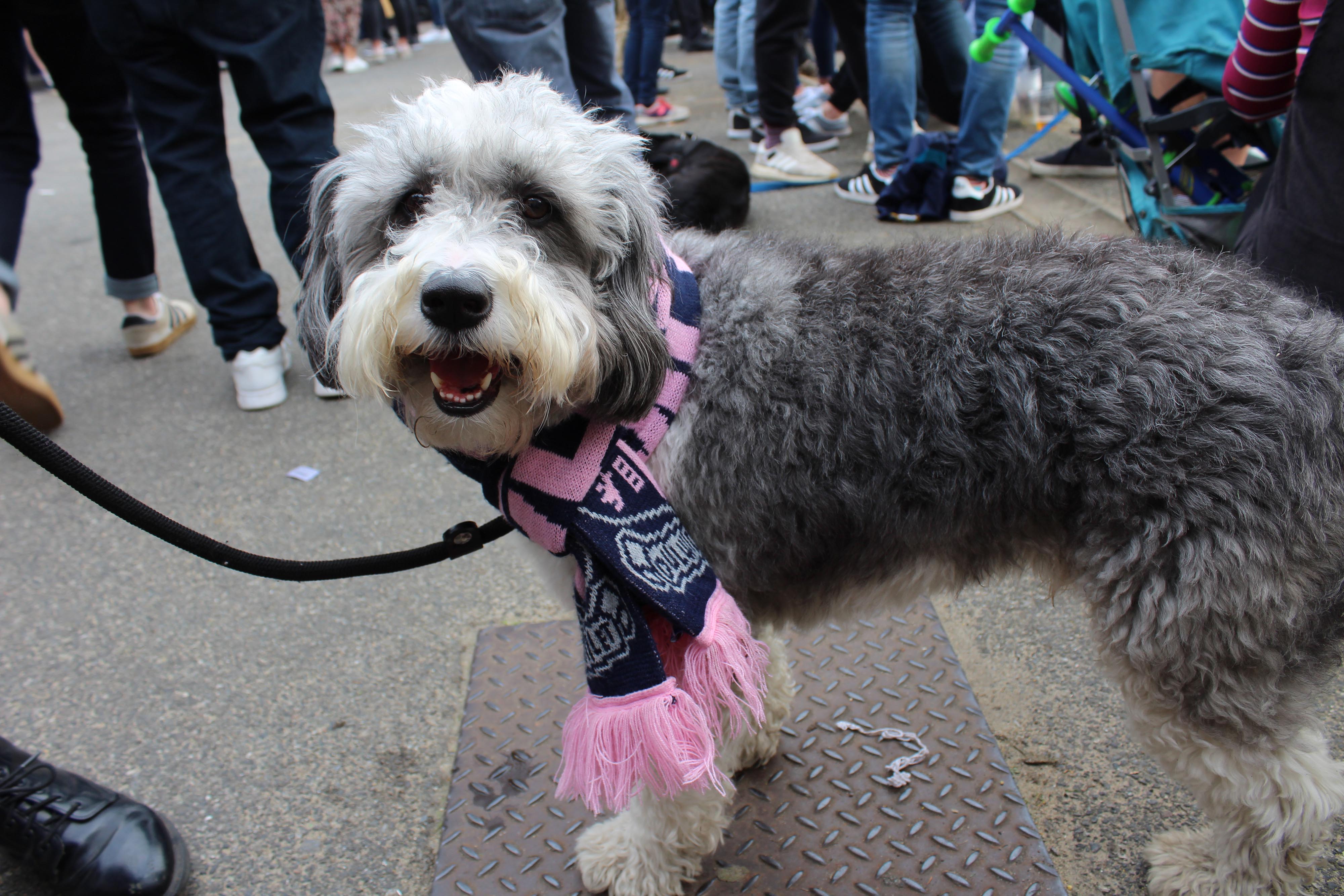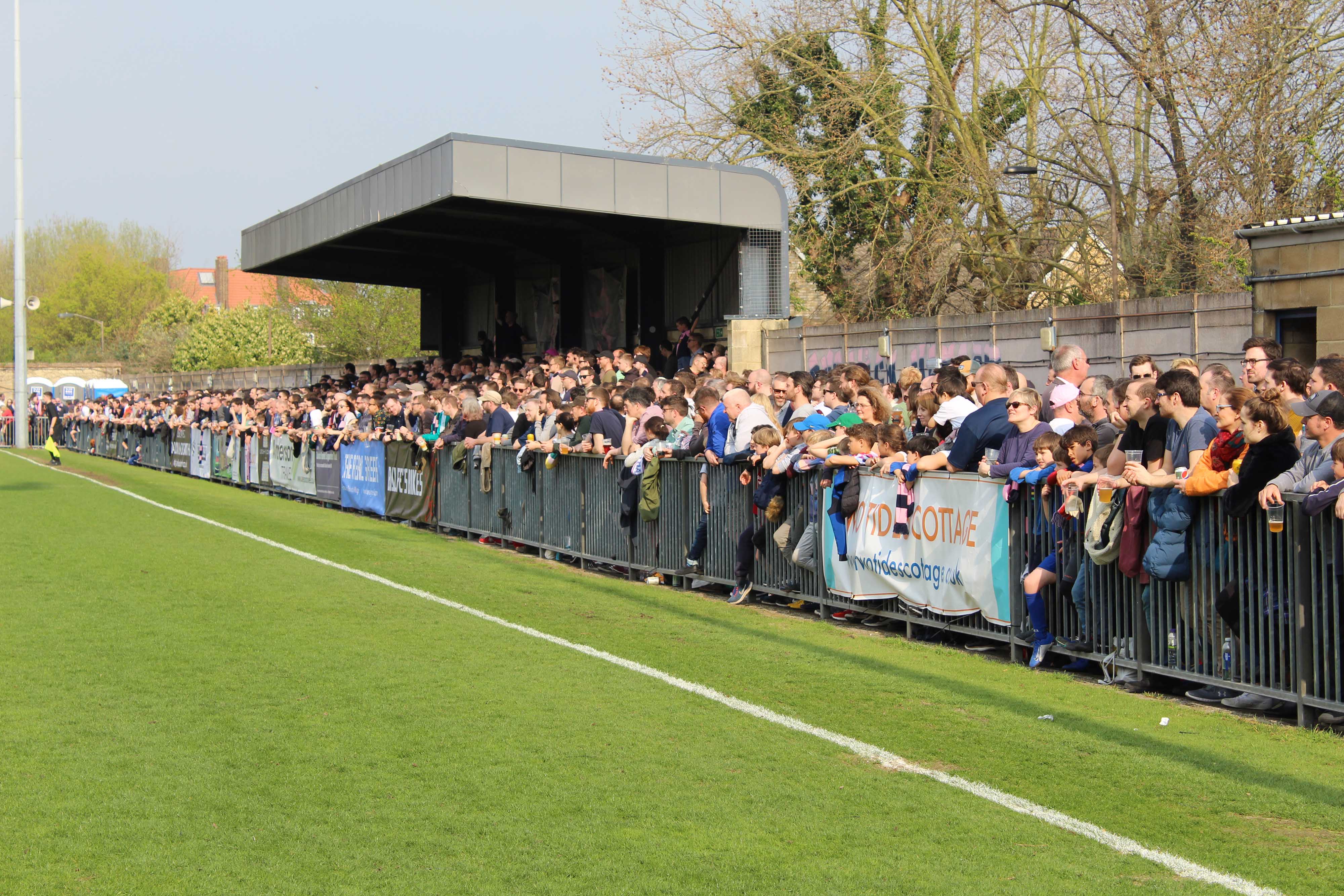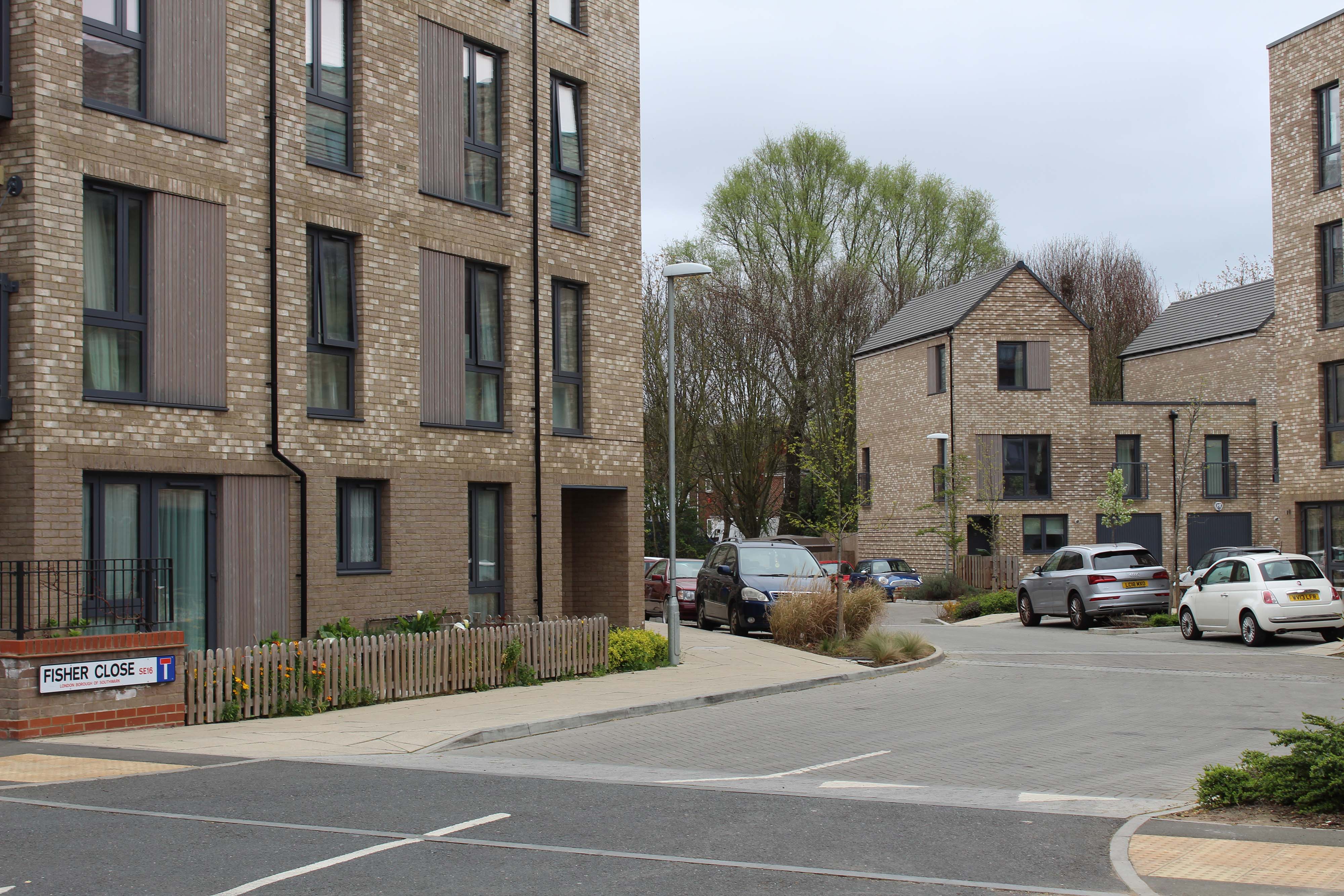
One thing gentrification thrives on is heritage. Whether it is the grand redbrick houses of a run-down neighbourhood, or the rich and diverse culture of working-class areas, the middle-class drivers of gentrification are attracted by a sense of history. But as much as gentrification fetishizes heritage, it consumes it, mutates it, and sometimes destroys it. The current neoliberal model of urban development accompanies the most aggressive gentrification, from the privatisation of social housing to the profiteering development of community-owned land. But what happens when the force and insatiable desire of neoliberal urbanism collides with local heritage – tangible or intangible?

The drive for development and construction forces heritage to compete for space in a Darwinian urban landscape, where internationally funded private developers represent a dangerous predator. The most resilient and adaptable will survive, and heritage’s ability to maintain an indispensable value to the community is essential. But of course a community’s resolve to protect its heritage is not simply a question of dedication, but of agency and capacity. Some are more empowered than others to do so, an issue entwined with questions of race, class, and gender, and therefore once more with gentrification and demographic change.
In recent years, lower-tier inner-city football clubs, often the heartbeat of local communities, have faced the existentially threatening fact that the land they occupy has a real estate value (and potential for development) that far exceeds their own financial worth. The smaller, amateur and semi-professional teams are most at risk. And in the neoliberal urban climate, a question crystallises: is the desire of developers, or the intangible value of the club to the community, more powerful?
Dulwich Hamlet vs. Fisher Athletic
The histories of semi-professional London clubs Dulwich Hamlet and Fisher Athletic, encapsulate the evolution of this struggle. They were founded in 1893 and 1908 respectively, and since that time occupied persistently humble positions in the lowest reaches of English football. But despite, or perhaps because of their mediocre obscurity, they became beloved parts of their local heritage. For fans, supporting the clubs entailed an intangible yet empowering sense of belonging to a transhistorical local community. Both had perennially struggled financially, watching the city of London transform around them, and the demographics of their local areas transform accordingly. They had witnessed the rise of the Premier League and multi-millionaire footballers, and were a relic of a time when fans could cheer on their heroes on the pitch, before enjoying a beer with them after the game. But by the mid-2000s, both began to experience the brunt of London gentrification, seeing the land they occupied targeted by property developers with little or no regard for the clubs’ value to the local community. For investors, the clubs merely represented a surmountable blockade to material and financial accumulation. But at this point the clubs’ stories diverge. Where Fisher’s obituary is written, a new and promising chapter in Dulwich’s history is just beginning. The two clubs interactions with the forces of neoliberal urbanism exhibit similarities and differences that reveal the social mechanisms at work within the Darwinian landscape of urban heritage.
Fisher Athletic were bought in 2004 by London estate agents Sami and Eren Muduroglu. The club had been in financial difficulty, and the new owners promised ambitious investment. Soon after taking over, the Muduroglus moved Fisher out of their dilapidated home ground, located in the traditionally working-class (but increasingly desirable) Surrey Docks neighbourhood, on the promise of a new 10,000-seat stadium nearby. In the meantime, Fisher would play their home games five-and-a-half miles away at Champion Hill, the home of local rivals Dulwich Hamlet. But by 2009, no progress had been made on Fisher’s promised stadium, while the site of their former home had been sold to property developers. Homeless, with mounting debts and owners now no longer willing to fund them, the club’s 97-year history came to an abrupt conclusion. It was a familiar story. Deprived of its most valuable asset, Fisher took its place in an ever-expanding graveyard of bankrupt rivals. Scouring the internet for coverage of Fisher’s demise yields only a few local newspaper columns, and the blogged laments of disgruntled fans. By their final season, average attendances had dropped to little over one hundred, with fans put off by the journey across South London. The lack of support was fatal. As the end drew nigh, few stood to fight Fisher’s corner, and the club disappeared with little trace. The acquisition of valuable land, ripe for construction, had been straightforward for investors, and the case offers a blueprint for the development model. On the site of their former stadium, luxury apartments now stand, a monument to neoliberal urbanism’s guiltless consumption of community assets.

Dulwich Hamlet provide the counter-narrative to Fisher’s quiet demise. In recent years, their struggle with developers has attracted coverage from virtually every national media outlet in the UK, as well as NBC and the Huffington Post. The attention is scarcely believable for a club who played at almost the same level as Fisher, and 15 years ago attracted barely 200 fans. The media coverage was a product of a sudden upsurge in support in the 2010s, which saw Dulwich gain national notoriety as the ‘hipster’ club of non-league football. Newspapers obsessed over supposedly bearded, craft beer drinking fans advocating left-wing politics and LGBT rights from the terraces. The papers implied it was an illustration of the gentrification of South London, and there was some truth in the story. Dulwich itself had long been a haven of middle-class professionals, but nearby Peckham had rapidly changed in the preceding decade, and the demographic transition was reflected on the terraces. However the newcomers had not replaced the club’s traditional support, simply bolstered their numbers. New and old fans were united by the community-based ethic of the club, which provided them an affordable, family-friendly, and quirkily political space to watch football, while experiencing a rewarding sense of belonging to the local community. As its support grew, the club became an increasing source of unity and stability during a potentially unsettling transformation of the local area. The alternative fan culture, uncharacteristic in grassroots football, defined, maintained and grew the club’s significance to an evolving community.

The battle with developers
Against this backdrop, Dulwich’s toxic struggle with developers emerged. In 2008, the Muduroglu brothers – the same London estate agents who oversaw Fisher’s demise – acquired the land on which Dulwich’s stadium was located. But their repeated proposals to demolish the stadium, replace it with luxury apartments, and construct a new stadium on adjacent playing fields, were rejected by Southwark council, the local authority. The Muduroglus’ company eventually went into administration in 2012, and administrators sold the site’s lease to the Hadley Property Group, funded by New York-based real estate investors Meadow Partners. Unperturbed by the earlier rejections, Meadow pushed ahead with plans for developing the site. In 2016 they submitted an £80m proposal to build 155 new homes at Champion Hill, and construct a new stadium next door. But Southwark again rejected the proposal as it failed to provide sufficient affordable homes, and involved construction on protected land. Meadow bitterly accused Southwark of jeopardising Dulwich Hamlet’s future by vetoing the plans for a new stadium, effectively using the club’s future as a bargaining chip. The club’s own position was undermined by the fact they were reliant on Meadow’s financial support for their day-to-day running costs, and that could disappear at any point. Dulwich Hamlet’s continued existence at the heart of the local community suddenly hinged on the will of real estate investors, intent on using the club’s uncertain survival to force acceptance of their plans.
And in 2017, after multiple planning rejections, Meadow announced they would no longer fund Dulwich, sending a backdated invoice for rent that had been waived since 2014. To add insult to injury, it emerged they had registered the club’s name, nickname The Hamlet, and initials as trademarks, meaning Dulwich no longer had the legal right to use them. But this ill-advised move symbolised a crucial misunderstanding of the club’s value: in trademarking Dulwich’s name, the developers treated the club and its identity as a material asset over which they could gain ownership. What they failed to consider, however, was that the club represented more than its material sum- it had, more than ever, an intangible value to the community as a focal point of local life. It meant that in March 2018, when the inevitable happened and Meadow locked Dulwich out of Champion Hill, stripping it of its only remaining tangible asset, the story was not over. Despite being homeless, nameless, and burdened with debt, Dulwich’s indispensable, immaterial value to the community ensured its existence went on.

Fighting for survival
As the struggle between Southwark and Meadow rumbled on, the significance of Dulwich’s recent revival, and the club’s ability to morph its relevance to a changing local demographic, became clear. The simplified story is that the club’s renewed importance to the local community, and the supporters’ ability to mobilise an attention-grabbing campaign, saved Dulwich Hamlet. It is obvious that timing was important- few would argue that had the developers circled ten years earlier, the story might have ended differently. But by 2017, the club found itself surrounded by London’s hippest neighbourhoods, and regularly attracted over two thousand fans to home games. Financial insecurity aside, they were a picture of health, and the comparison with Fisher could not be starker. Dulwich were also fortunate to count national newspaper journalists and prominent local figures including the Mayor of Southwark among their supporters. The transformation of the club’s fanbase meant the club was both more alive, and its supporters more politically mobile than ever before. Already active on numerous fronts, they swung into action. A protest march was organised that attracted national media attention, with support drawn from politicians, celebrities, and high-profile footballers. Even the Mayor of London, Sadiq Khan, threw his support behind the campaign. The name-trademarking fiasco had provoked particular public ire, inviting a conception of Meadow as corporate bullies, and as it progressed, the struggle came to represent a much broader anger at profiteering private developers in London. The fans played another vital role in resolutely trekking across the city to an alternative site for home matches, keeping the footballing spirit of the club alive. After months of tireless campaigning, a meeting was arranged between Meadow, Southwark, and Dulwich, at The Department for Digital, Culture, Media and Sport, chaired by Sports Minister Tracey Crouch. At the meeting, under public and political pressure, Meadow agreed to allow Dulwich back to Champion Hill and cancel their debts, securing the club’s short-term future at least.
It was on the surface an inspiring case of grassroots heritage protection, and a cause for celebration, but it also raises questions. The story is complexly entwined with the narrative of gentrification: the site of Dulwich’s stadium became such a sought after asset because of the transformation of the local area into a fashionable urban hotspot, raising the potential profit for developers. Meanwhile that same process ushered in a new wave of support for the club, facilitating the development of an atypical footballing subculture, rooted in an evolving community, which eventually helped save the club. The media also played an important role, and newspapers had initially been interested in Dulwich because the supporters were uncharacteristically, stereotypically, middle-class. The question inevitably arises that had it been the football culture of a working class community (like Fisher Athletic’s), would such a successful campaign have been mobilised? Had national journalists and the Mayor of Southwark not been fans, would such a fuss have been kicked up? The answer is most likely no. The fact is that middle-class communities are more empowered to protect their heritage and culture, and this case offers an illustration. But, middle-class or not, it can be agreed that the odds would have swung in the developers favour had Dulwich’s support not been in such a vibrant state. The supporters’ drive and capacity to protect what was of value to their community proved instrumental in the struggle. So perhaps to paint gentrification as either devil or saviour in this case misses the point. It was the backdrop around which the protagonists acted.

Gentrification creates a change in the urban environment that can prove an existential threat to local heritage. The neoliberal urban development model aims to acquire material assets, often without consideration of the present occupiers intangible value to the local community. Football clubs, like other parts of local cultural heritage, are powerless alone to prevent this climate emerging. Instead, like species evolve, they are forced to adapt to their new surroundings. Competition for space is so fierce that only the fittest and most able to adapt to the new environment will survive. Fisher fell victim to the gentrified urban setting, while Dulwich successfully evolved with it. It may not be an ideal situation, but the most powerful tool that heritage has to survive, is to forge itself as an alive, evolving, and indispensable part of the changing local community. It is a symbiotic relationship, and the community pays back what it is provided by keeping its heritage alive. Their drive to protect what they value is the best evidence for an assumption that heritage and culture has an inherent value to society. But the weaker parts of heritage, without an impassioned (or empowered) community to safeguard their survival, will find vultures eager to seize their material assets. As gentrification appears an irresistible force, the survival of heritage depends upon its ability to maintain an evolving, intangible value to the community.
Postscript
Despite Dulwich’s return to Champion Hill, the site is still owned by Meadow, and their desire to develop it has not been dampened. At the time of writing, a renewed proposal for development of the site and construction of a new stadium has been published, which at last complies with Southwark’s (not entirely ambitious) demands of 40% affordable homes. Whether the plans are approved remains to be seen, but it appears a compromise that could suit all parties.
Fisher Athletic disappeared along with its stadium in 2009. But in the aftermath, like a phoenix from the ashes, Fisher FC was formed by supporters. They were forced begin afresh from the lowest tier of football, and for seven years played at Dulwich’s Champion Hill. But in 2016 they celebrated the opening of a new, purpose-built stadium. The supporters’ persistence and resilience is testament to the intangible value of association football culture to the local community. It demonstrates that where communities exist, culture lives on, and its green shoots will break through even the most persistent smothering by bricks and mortar.